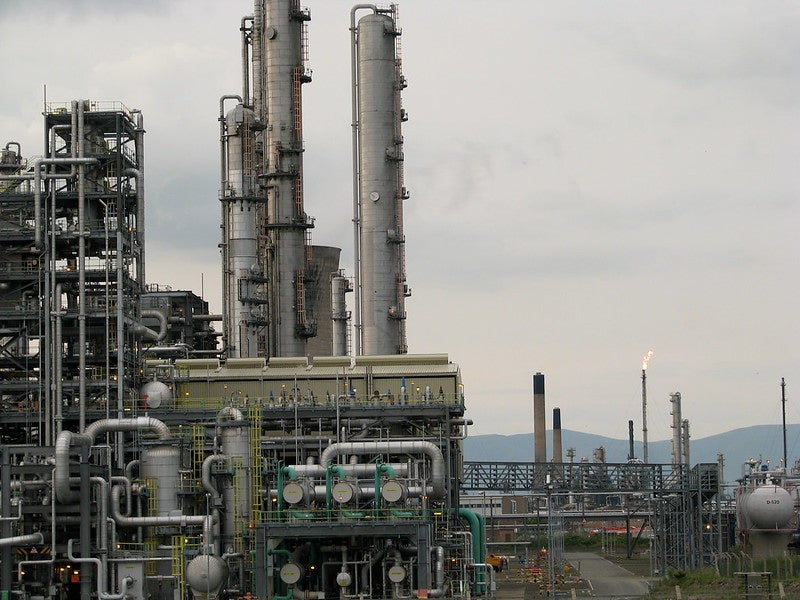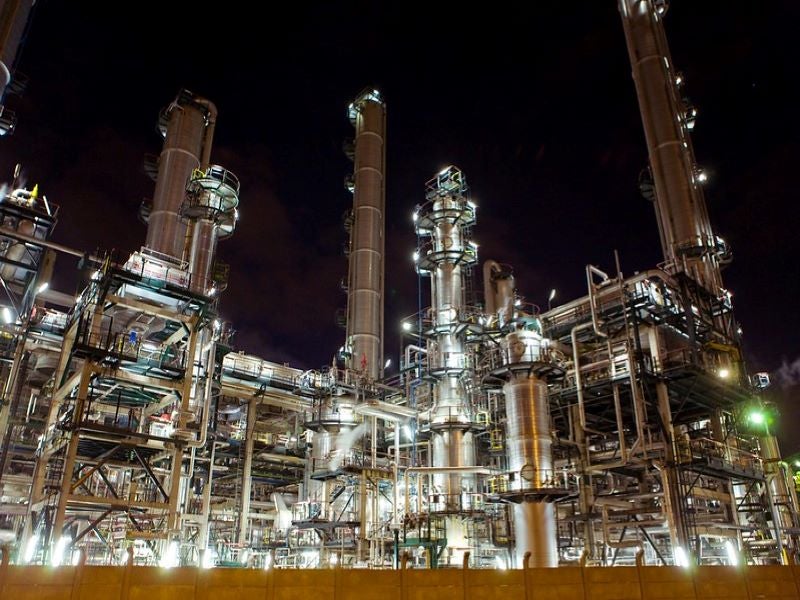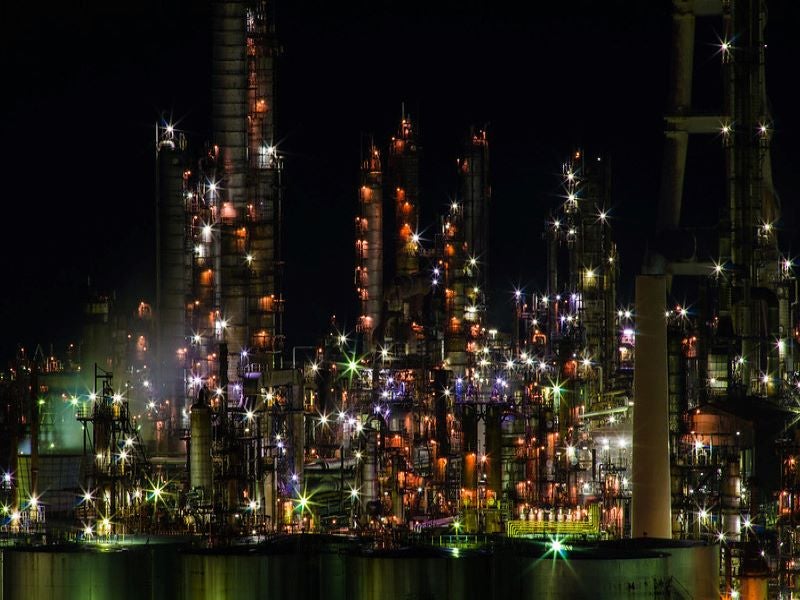The Panipat refinery owned and operated by India’s state-owned Indian Oil Corporation (IOCL) has been operational in Panipat, Haryana since 1998. The refinery has a crude oil processing capacity of 15 million tonnes a year (Mtpa).
The IOCL Panipat refinery had a capacity of 6Mtpa at the time of commissioning in 1998. A series of expansion projects since its commissioning doubled the refinery capacity to 12Mtpa in June 2006 which was further expanded to 15Mtpa in December 2010.
The IOCL’s board approved further expansion of the Panipat refinery from 15Mtpa to 25Mtpa as well as the installation of a polypropylene unit and a catalytic dewaxing unit in the refinery complex in February 2021. The total investment on the latest expansion project, which is slated for completion by September 2024, is estimated to be approximately £3.211bn ($4.532bn).
Location
The refinery and petrochemical complex is spread over 4,222 acres in Panipat, Haryana, India, approximately 120km away from India’s capital Delhi.
Feedstock and products supply
A 1194km-long pipeline supplies crude oil from Mudra, Gujarat, to the Panipat refinery site, while it receives the R-LNG supply through a 140km-long, 30in-diameter natural gas pipeline from Dadri, Uttar Pradesh. A 360km-long naphtha pipeline from Jaipur to the Panipat refinery also started operations in 2019.
The IOCL Panipat refinery supplies petroleum products to the north Indian market. The refinery started supplying BS-VI-compliant auto fuel to Delhi from April 2018 onwards. It also started producing BS-VI compliant winter-grade high-speed diesel with a pour point of -33°C in November 2019.
IOCL Panipat refinery processing infrastructure
The various process units in the IOCL Panipat refinery include crude and vacuum distillation units, a catalytic reforming unit, a once-through hydrocracker unit, a residue fluidised catalytic cracking unit, a visbreaker unit, a bitumen blowing unit, a diesel hydro desulphurisation unit, sulphur block, and associated auxiliary facilities.
The aromatic complex at the refinery site houses a naphtha hydrotreating unit, a para xylene (PX) unit of 360Ktpa capacity, and a 550Ktpa-capacity purified terephthalic acid (PTA) unit. In the integrated PX/PTA plant, naphtha is processed to produce paraxylene by PX unit in the first step, and in the next step, the PTA unit processes para-xylene to produce purified terephthalic acid.
The major ongoing projects in the refinery include a naphtha cracker unit (NCU) expansion, as well as revamp of the mono-ethylene glycol (MEG), benzene extraction, paraxylene (PX), and purified terephthalic acid (PTA) units.
The various units in the naphtha cracker plant at the refinery include a polypropylene unit, a high-density polyethylene unit, a mono-ethylene glycol (MEG) plant, a butadiene unit, and a butene unit. The naphtha cracker unit produces ethylene, propylene, benzene, and other products. It processed 2.8 million tonnes (Mt) of naphtha during the year-ending March 2020.
Recently awarded contracts
Chevron Lummus Global was contracted to license isocracking, isodewaxing, and isofinishing technologies for the lubricants base oil plant in Panipat refinery in April 2021.
The contract scope includes license, basic engineering, proprietary equipment, and catalyst, as well as technical services. The catalytic dewaxing unit will process unconverted oil from a hydrocracking unit to produce premium base oils.
The other companies providing technology licenses for Panipat refinery expansion project include Shell for desulphurisation of gas oils, and UOP for desulphurisation of vacuum gas oils, and for the production of reformate and isomerate.
McDermott International bagged a contract to provide technology license, basic engineering, proprietary equipment, training, and technical services for a fluid catalytic cracking (FCC) unit using INDMAX technology at the Panipat refinery in July 2019.
The INDMAX technology, licensed by Lummus Technology and developed in partnership with IOCL, enables the vertical integration of the refinery and the petrochemical complex.





